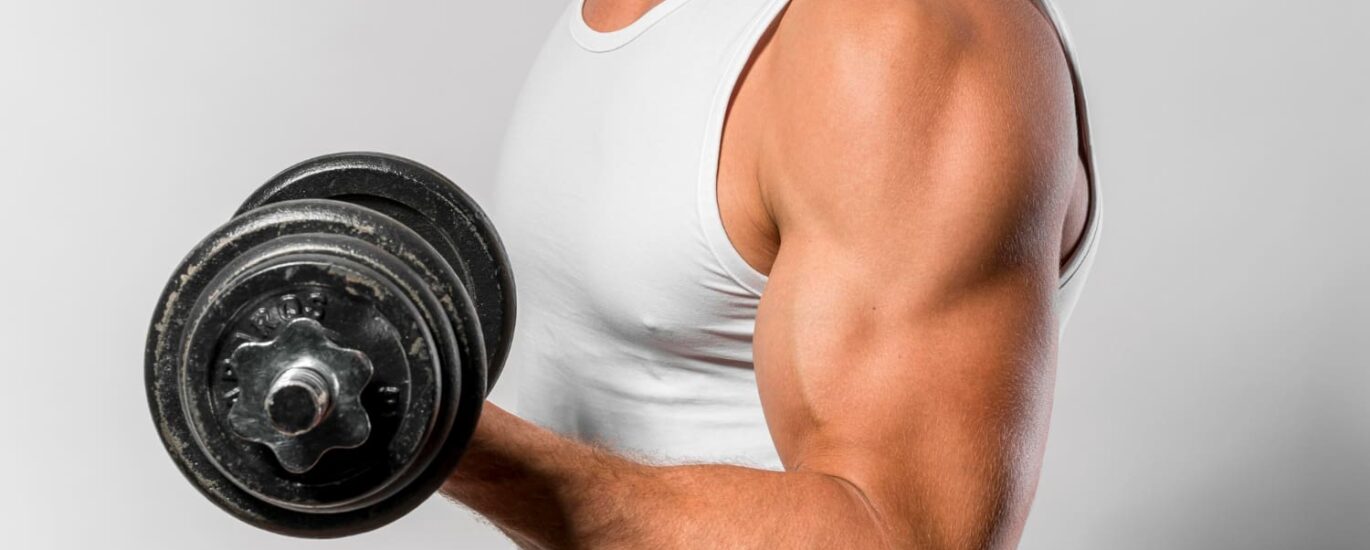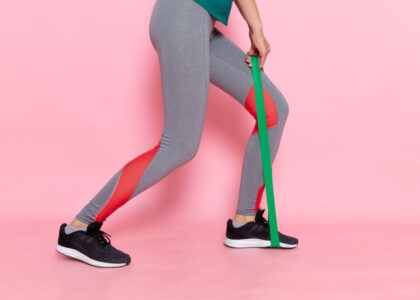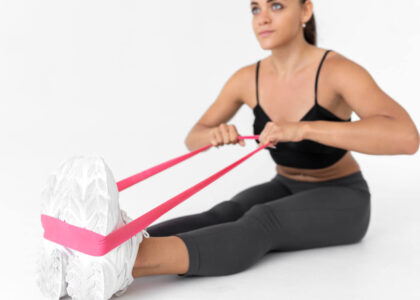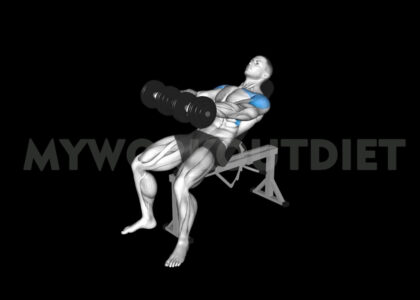Bulgarian-Slpit | Dumbbell-Chest | Upright-Row | Strength-Training
In bodybuilding, few things capture attention like a set of impressively sculpted biceps. Whether your arms are long or short, it impacts how muscular they look. Let’s talk about long bicep vs short bicep people with longer arms tend to have biceps that curve smoothly up and down. People with shorter arms tend to have biceps that bulge out suddenly.
When relaxed, long biceps hang straight, with muscle bellies extending well into the upper arm. Upon flexing, they swell up and then get down in an elongated S-shape. Mass builds from thick, veiny bases, sweeping up and then tapering into rippling, well-defined peaks.
With short biceps, the muscle barely extends past the elbow when relaxed. But upon flexing, they vigorously bulge out like mountain peaks erupting from the skin. The mass gaither rapidly, creating sharp contours and dramatic angular lines rather than flowing curves.
While genetics are the factor for biceps length, arm proportions, origin points and insertion points – targeted training can maximize each person’s potential. By understanding the structural impacts, we can achieve physiques of all shapes. This article will explore effective strategies to help you understand.
The goal is to contrast long bicep vs short bicep shapes, admire diversity, and provide tips for sculpting an impressive set of peaks.
Let’s Talk About Brachii Muscle
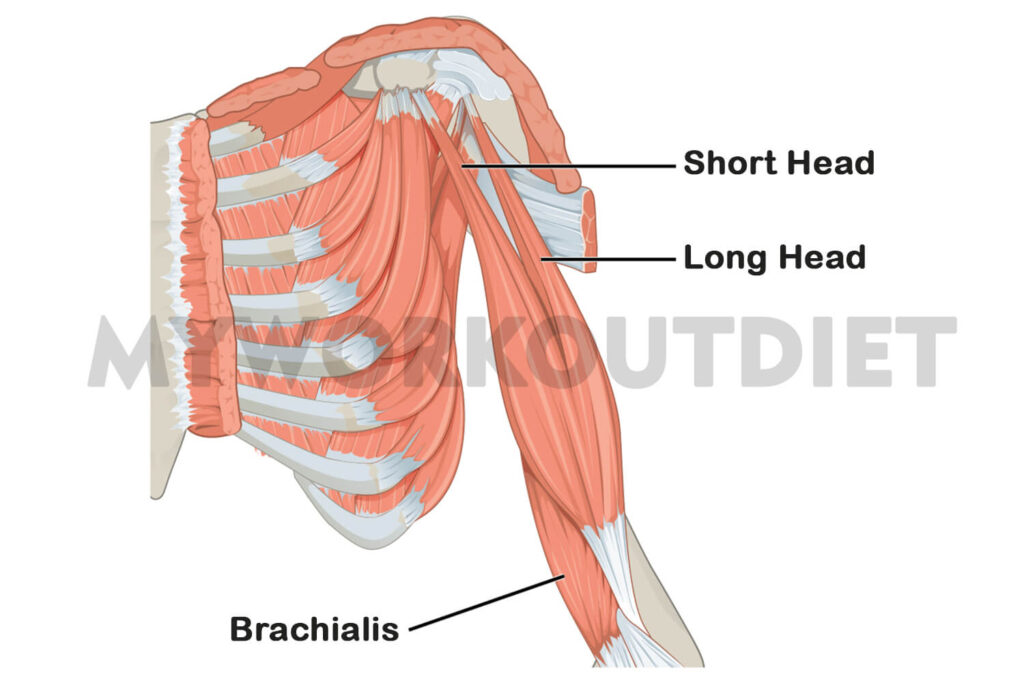
Bicep Brachii are the two-headed muscle that originates at the scapula and inserts at the radius bone in the forearm. When they contract, the forearm flexes towards the upper arm in what’s called elbow flexion – allowing for functions like lifting, pulling, and curling.
The length of the biceps brachii plays a big role in the long bicep vs short bicep aesthetic differences, especially when posing and flexing. Individuals with longer biceps bellies tend to have that elongated, flowing look when flexed. The elongated muscle belly allows for more gradual swelling from origin to insertion, creating the popular “peaked bicep” appearance with a tapered look.
On the flip side, those with naturally shorter biceps brachii have less length to work with. When these shorter muscles flex and pose, they bunch up suddenly with concentrated swelling in a small area. This results in that bulging, almost spherical “baseball” bicep shape. The muscle can’t elongate as much, so the mass just piles up forcefully.
While aesthetics differ, biceps size ultimately depends on growing the brachii’s thickness, not length. Through targeted biceps training, both long and short bicep types can maximize their fullness potential. The trick is performing specific exercises and techniques ideal for the individual’s unique arm structure and biomechanics.
Genetics In Long Bicep Vs Short Bicep :
Your genes are the biggest factor for having long biceps or short biceps. The size of your biceps muscles is mostly genetic. People with longer forearm bones and higher biceps attachments tend to get long, stretched-out biceps. Their peaked look comes from lengthy muscles that taper down when flexed.
Those with shorter forearm bones and lower biceps attachments are more likely to have short, bunched-up biceps. Their muscles don’t reach as far, so the biceps bulge out abruptly in a rounder mound when flexed. This short bicep genetics creates a concentrated swelling.
While you can’t change your bicep length genes, smart training grows maximal muscle size for your shape. Knowing your long bicep vs short bicep structure helps build awesome peaks through ideal exercises. Work with your natural arm build.
How To Find Out if You Have Long Bicep VS Short Bicep
Determining if you have long biceps or short biceps comes down to a few key factors related to your arm structure. The easiest way is to closely examine the length of your biceps when flexed and relaxed.
Those with long biceps will notice that even when their arm is fully relaxed, the biceps muscle belly extends a significant portion down the upper arm towards the elbow. When flexing, the lengthy muscle belly allows for an elongated peak that tapers off gradually.
On the other hand, individuals with short biceps will see that the muscle belly barely extends past the elbow crease when relaxed. The muscle essentially stops bulging out abruptly right after the shoulder joint. When flexed, this results in a concentrated swelling that peaks dramatically rather than tapering.
Another indicator is forearm and upper arm bone length proportion. Generally, people with longer forearms relative to their upper arms tend toward shorter biceps muscle bellies that bunch up more. Conversely, shorter forearms allow the biceps to extend further.
Pay close attention to biceps shape, length, and arm proportions to determine your long or short biceps structure. This insight allows you to cater biceps training for optimal muscle growth.
Analysis The Functioning Of Long and Short Bicep
Long biceps and short biceps create totally different aesthetic looks when flexed and peaked. Long bicep heads produce an elongated, gradual swelling effect from origin to insertion. The muscle belly extends far down the upper arm, creating a tapered, rounded peak that flows elegantly towards the forearm. This “peaked bicep” look exudes a muscular yet aesthetic vibe.
In contrast, short bicep bellies produce unexpected, concentrated swelling when flexed. The muscle mass piles up suddenly after the shoulder joint into a bulging, spherical shape. Rather than a tapered peak, short biceps showcase thick mounds with well-defined edges and deep crevices. This look conveys raw power over flowing lines.
While both impressive, the bicep shapes create divergent arm morphologies. Long biceps enhance the illusion of length and size through their sweeping lines. Short biceps appear denser and thicker, with mass erupting outwards from the body. Posing angles and techniques cater to these unique bicep structures.
Appreciating the distinctions allows better training for long bicep vs short bicep development. The differing shapes have strengths and aesthetic appeals.
Final Thoughts
Having long, tapered biceps or short, bulky bicep balls – the key is training properly for your muscle shape. Don’t chase an unrealistic look. For lengthy biceps, focus on the full stretch and squeeze for elegant lines. Compact biceps need intense peak contractions to build maximum thickness.
Work with the arm structure you were born with. By playing to your muscles’ natural strengths, you’ll grow awesome, well-built biceps that look phenomenal. Embrace your inborn length and develop mind-blowing peaks through targeted exercises.
Physiques come in all shapes. Celebrate your body’s unique design by specializing your biceps workouts. You’ll sculpt head-turning arms personalized just for you.

